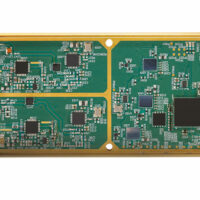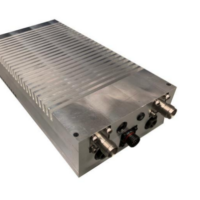Data links are digital electronic channels that provide the ability to transmit and receive data and information between two different places. They may be simplex, where data flows in one direction only; half-duplex, which allows communications in both directions but not at the same time; or full duplex, where transmission and receiving can occur bidirectionally and simultaneously.
Secure Wireless Communications
Tactical data links (TDLs) are data links designed to provide secure wireless communications for military forces in all domains, enabling effective situational awareness as well as command and control in the air, on the ground and at sea. They usually utilize radio-frequency waves such as HF (high-frequency) and UHF (ultra-high frequency), and may also use SATCOM (satellite communications) systems
NATO-Specific Tactical Data Links
NATO-specific tactical data links are governed by a number of STANAGs (Standardization Agreements), ensuring interoperability between different branches of armed forces as well as different nations. Data messages are formatted in particular ways and sent via specific protocols outlined in the standards.
NATO TDL types include:
Link 11 is an older and relatively slow link typically used for ship-to-ship, ship-to-shore and aircraft communications.
Link 16 is an improved capability designed for exchange of C4I information, and supports text, image and voice data.
Link 22 is a newer standard designed to replace Link 11, and includes enhanced range, data rates and robustness, as well as automated bandwidth reallocation.
Tactical Video Data Links
Aside from the NATO-specific systems, other military data links exist, such as the Tactical Common Data Link (TCDL) which was designed to allow UAVs and other manned aircraft to transmit secure data and streaming video back to base, and also provides a method of vehicle and payload control.
Tactical data link hardware includes processing systems that allow data to be sent over IP networks, routers and switches, as well as software-defined radios (SDRs).

















